Gangrene Causes, Symptoms and Signs
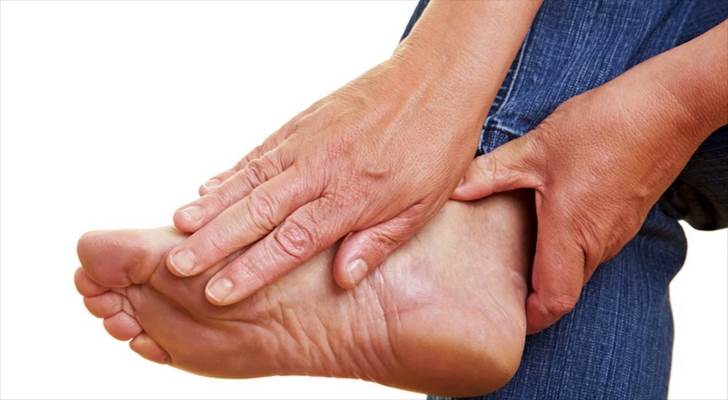
A medical explanation of Gangrene will sound this way: a condition when part of the tissues dies. The main reason is the stopped blood supply. It means that the circulatory system does not cope with its functions and responsibilities. The primary areas to be attacked are the limbs. The farer the organ is from the heart, the higher the chances are Gangrene will affect it.
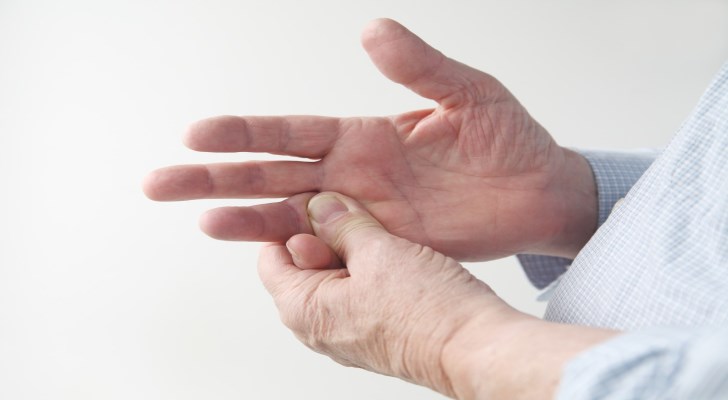
In most cases, the patients report about the problems with their hands and fingers. The rest of the body is under a certain risk as well. Sometimes, the internal organs are damaged. At the beginning, this health condition is not that serious. However, if it progresses and you do not cure it, Gangrene may result in cramps and body shock. Often, the cause of such shock is the decrease in blood pressure.
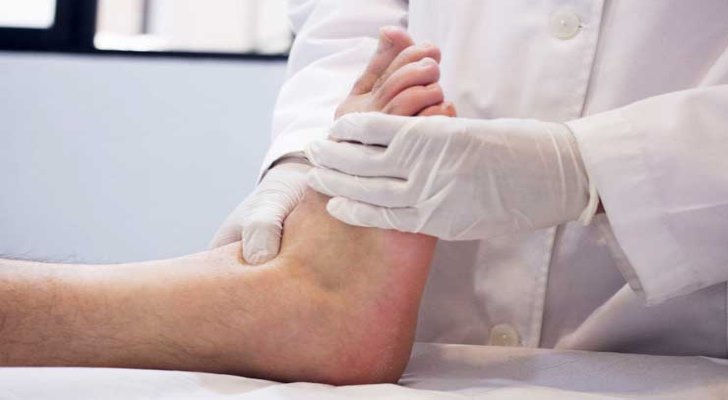
The causes of Gangrene are known. The first factor is the prevented blood supply. When a bloodstream faces some obstacles on its way to organs, the tissues of various parts stop obtaining enough blood. It spreads the oxygen over the body, delivers necessary nutrients and immune system elements to defend the organism from various dangers. The antibodies help to withstand different infections, and they depend on the bloodstream as well. It is impossible to survive without enough level of blood. That is why tissues start to die off.
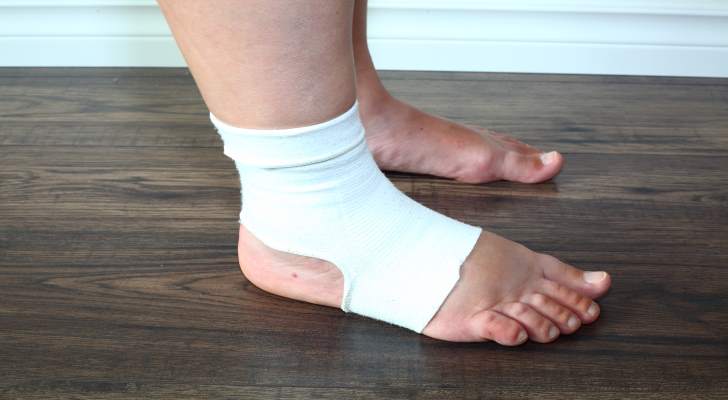
Another common cause is an infection. When the patient ignores curing the infection for a while, the bacteria may develop in gangrene. One more cause of gangrene is an injury. Some cuts and injuries possess a traumatic nature. Those are severe wounds like those people get from the weapon. The consequences of car crashes may also result in gangrene over time. Such traumas help the bacteria to go deeper into the organism.
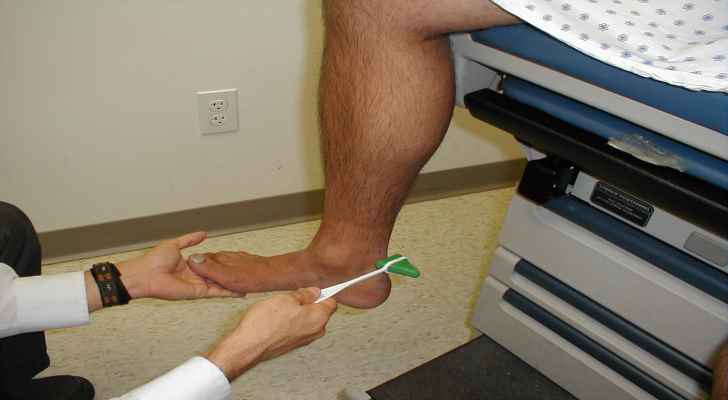
Speaking about the most typical symptoms of this disease, it is important to mention a couple of gangrene types as the signs may vary depending on the form. Gangrene can take either wet or dry form. It also matters which part of the body is attacked as well as specific infection’s location. If you feel that an extremity or another part of the body gets numb and chilly, it may be a dry gangrene.
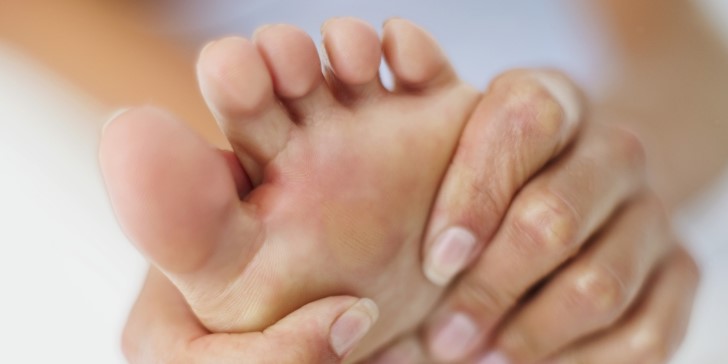
The severity of numbness depends on the individual factors. The damaged zone starts losing its natural color. It may become red, brown, or even black. It may slough off the body. The patient is losing a great amount of blood constantly and suddenly. A dry form of this disease can initially become pale or bluish. As for the second type, wet one, the first feeling to show up is swelling. A patient may notice the signs of decay as well as reddish color of the skin around the infected body parts.

Are there any good ways to prevent the problem? It is important to let the tissues survive until they all are dead. It is necessary to diagnose and recover at the initial stages of gangrene’s development. Otherwise, the condition will progress to more fatal results. Those groups of patients who suffer from the diabetes must pay more attention to this potential problem.
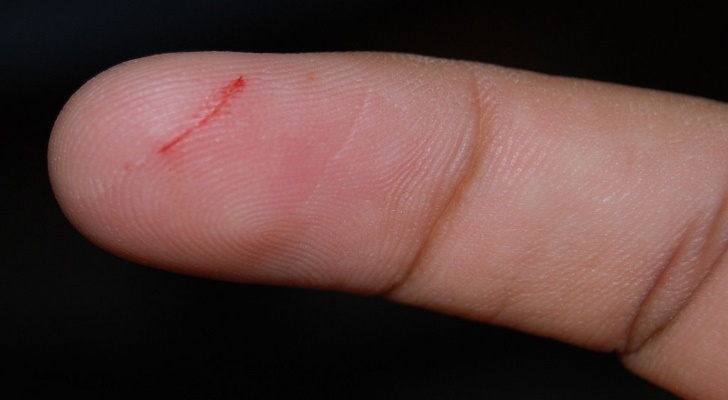
It is necessary to check the extremities for any signs of gangrene. People diagnosed with a blood vessel disease are also at the high risk of facing gangrene. Pay attention to whether the extremities experience any swelling or turn red or brown. If the cut or injury does not recover for a while, it might be a warning sign as well. Turn to the healthcare professional you trust – he knows which antibiotics and possible surgery should solve the problem.
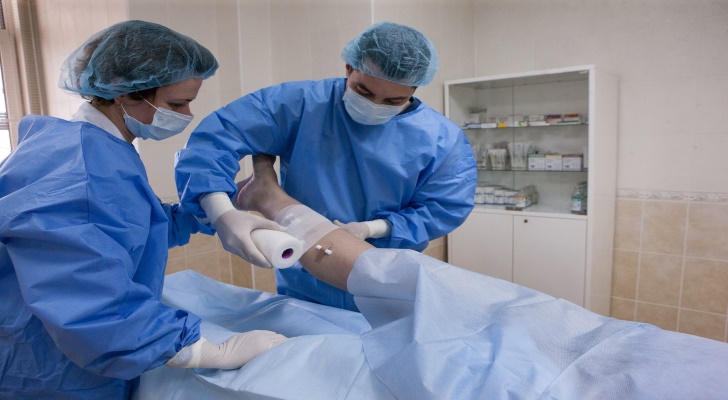
What are some of the complications? Often, gangrene can result in the scarring. Another complication is the one when a patient has no other choice than getting an immediate surgery. A reconstructive surgery helps to recover the dead tissues and support the existing ones. The severest cases of gangrene may require an amputation of the extremities (e.g., hands, fingers, feet, etc.) Thus, it is better not to postpone the diagnosis and treatment! In rare cases, gangrene is life threatening as the infection is able to spread quickly over the entire organism.

How do people usually diagnose gangrene? Turn to your healthcare professional ASAP to prevent the fatal outcome. Such exams may be: MRI/CT scans to detect the level of muscle involvement. Other cases require an X-ray test to detect the gas bubbles. Other methods include the blood examination, tissue analysis, and some minor tests. They are all aimed to detect a bacterial infection. Surgery is the measure of last resort when the situation gets worse.
